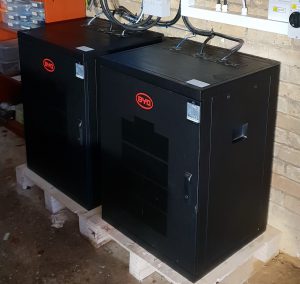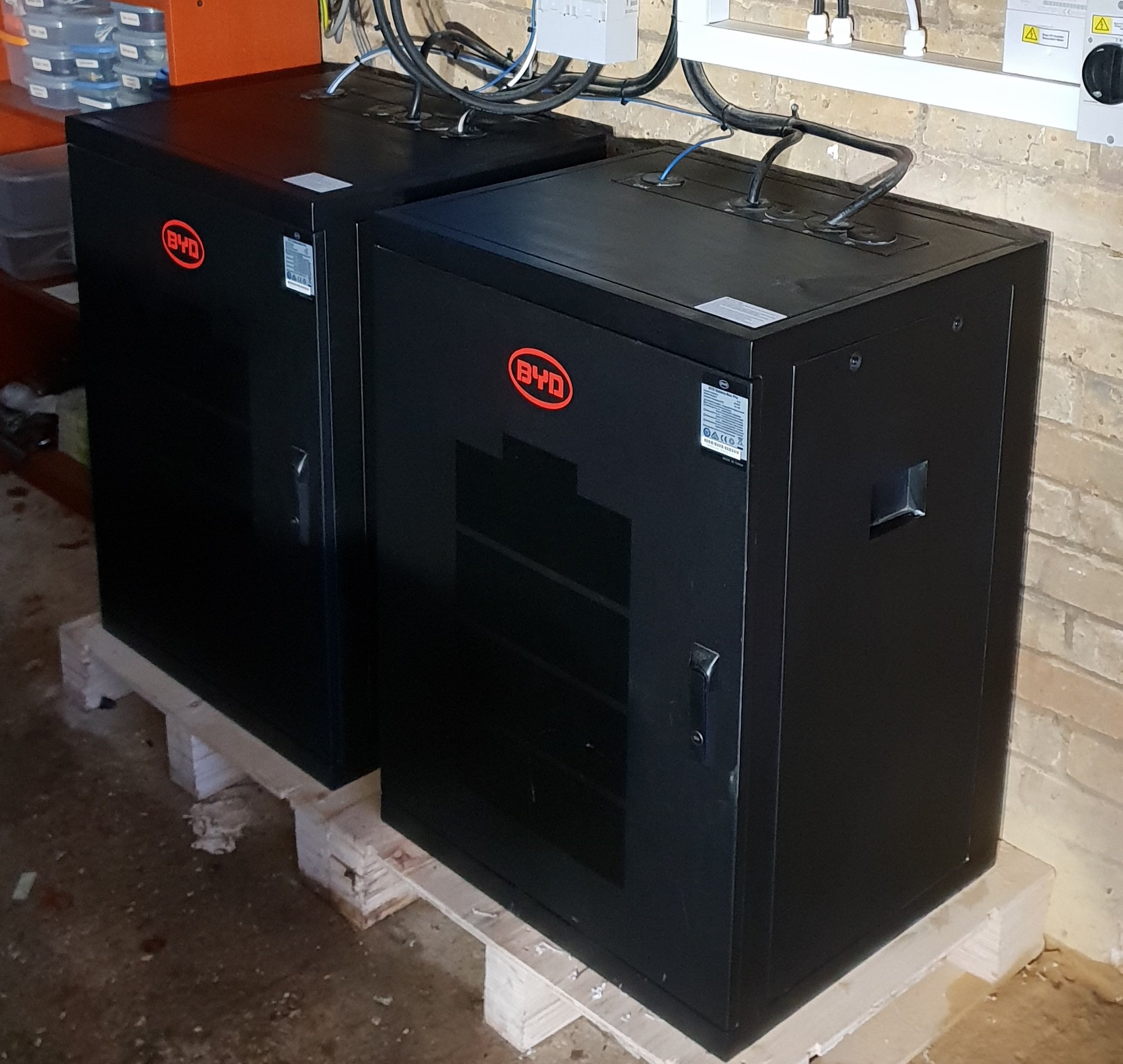We consume more and more electricity every day.
The utilities and grid distribution operators must ensure industry and households are provided with the necessary connections. In order to do that, the grid must be expanded, and must be maintained periodically. This means that more often the power on the grid will be cut off while the necessary works are undertaken.

How is this currently done?
Today, when the grid is being maintained, the power is cut off at the transformer where the maintenance is done.
Nowadays, it is not possible to do any business or run a household without having power available; that is why also during this time of maintainance, a solution has to be found.
It’s all about efficiency
Traditionally, the energy demand for these periods has been supplied by diesel- fuelled generators. To absorb the peak demands of the grid and to prevent power loss, an oversized setup of generators is used to guarantee a consistent flow of energy.
Research from multiple festivals, where a lot of diesel generators are used, show that the average load was 12%, while the generators are the most efficient between 60% and 80% of their maximum engine power output. See Figure 1 for the energy data of a four-day festival and the average power output of the diesel generator.
The inefficient use of generators means that a great deal of diesel is being burned unnecessarily. These emissions contribute to climate change and poor air quality in cities.
Moreover, we see that more and more buildings have solar panels on their rooftops. A diesel generator cannot cope with current coming back on its output side. This means that when the load on the grid is smaller than what the solar panels in this area are producing, this energy has to be (quite literally) burnt away in big heaters. Which naturally is, again, a waste of energy and is not helping in our efforts to tackle climate change.
Also, these diesel generators produce quite some noise. This can be quite irritating to inhabitants when this solution is applied next to their bedroom.
Read more: Energy Storage News



